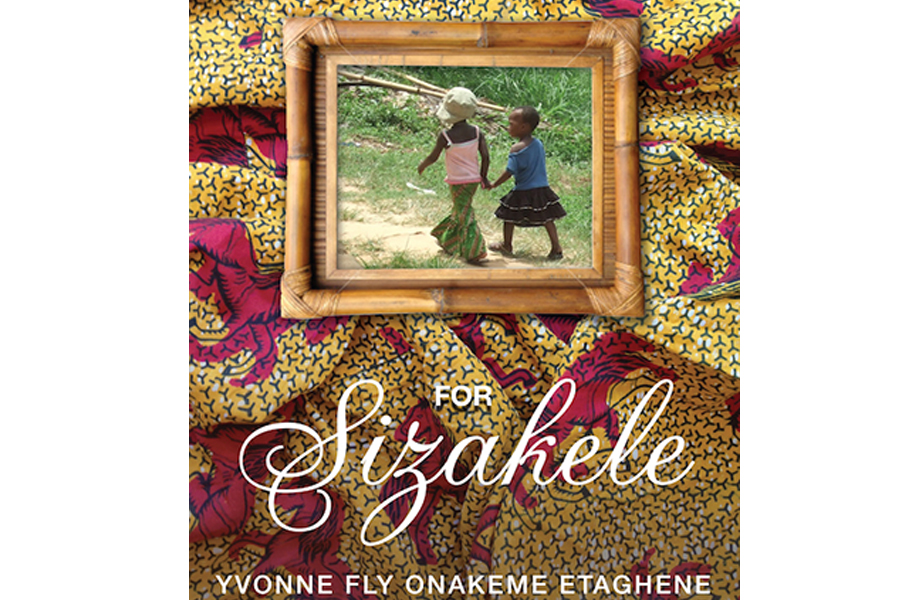Yvonne Fly Onakeme Etaghene had a specific goal in mind when writing “For Sizakele.”
“I started writing this story because I wanted to create what I did not see in libraries or bookstores: a story about Black dykes loving each other that wasn’t erotica,” she writes in the novel’s outroduction.
Etaghene succeeds in this mission with her first novel, a mash-up of a romantic love story and thought-provoking themes of what it means to be LGBT and black.
The story focuses on Taylor, a Nigerian college student in New York City, as she struggles with her femme and African identities while in a relationship with her girlfriend, Lee. When Taylor meets Sy, a Cameroonian photographer, she feels an instant connection and develops romantic feelings. From there, Taylor deals with Lee’s jealousy and struggles to decide what she wants romantically and spiritually.
The overall plot may take place in a soap-opera backdrop, but “For Sizakele” also showcases important issues that will resonate with anyone in the LGBT community. One important conversation about bisexuality comes to mind. During a heated discussion, Lee tells Taylor, who identifies as bisexual and femme, about how she can “slip in and out of both worlds” and how Taylor has a “choice” to get away from the persecution faced by the LGBT community. Since Lee describes herself as “butch,” she feels she cannot “pass” like Taylor and also fears her girlfriend will leave her for a man. Taylor gets angry about Lee’s biphobia.
In addition to these universal LGBT issues, “For Sizakele” also manages to illustrate the unique struggles of identifying as African. Early in the story, Taylor cooks plantains and gets upset when Lee refers to them as “plátanos,” since that particular word does not hold the same cultural significance as it would to a Latina. Taylor would rather take pride in her Urhobo heritage. But when Lee reinforces how “plantain” is an English word and how it doesn’t matter whether she refers to them with an English or Spanish word, Taylor doesn’t know how to reply and points out how she cannot speak Urhobo.
This conversation may seem insignificant when taken out of context but through Taylor’s eyes, it illustrates how she perceives her identity. She even tells another character how she desires going home to Naija to escape her problems.
Another aspect where “For Sizakele” succeeds is the balancing of multiple characters’ stories. Etaghene uses Taylor’s first-person narrative as the bulk of the story but also devotes entire chapters to Sy and Lee told through third-person perspectives. Additionally, she weaves multiple types of writing such as emails, instant messages and poetry. These different forms of writing add some variety to the story without slowing down the narrative.
As for the overall plot, Etaghene’s storyline is not wrapped up in a pretty bow. With no designated beginning, middle and end, the focus becomes each character’s journey through healing rather than the destination of a happy ending. This open-ended form of storytelling makes “For Sizakele” a relatable read for all audiences. While Taylor, Sy and Lee don’t necessarily ride off into their own sunsets, “For Sizakele” will make the reader root for these characters to find inner clarity and self-love while also giving the reader hope of finding his or her own.
“For Sizakele” is available for purchase at RedBonePress.com.
Jeremy Rodriguez, 25, is a freelance writer and blogger from Eastampton, N.J. Since graduating from Rowan University in 2014 with a bachelor’s degree in journalism, he has had work featured in several newspapers and entertainment blogs.
